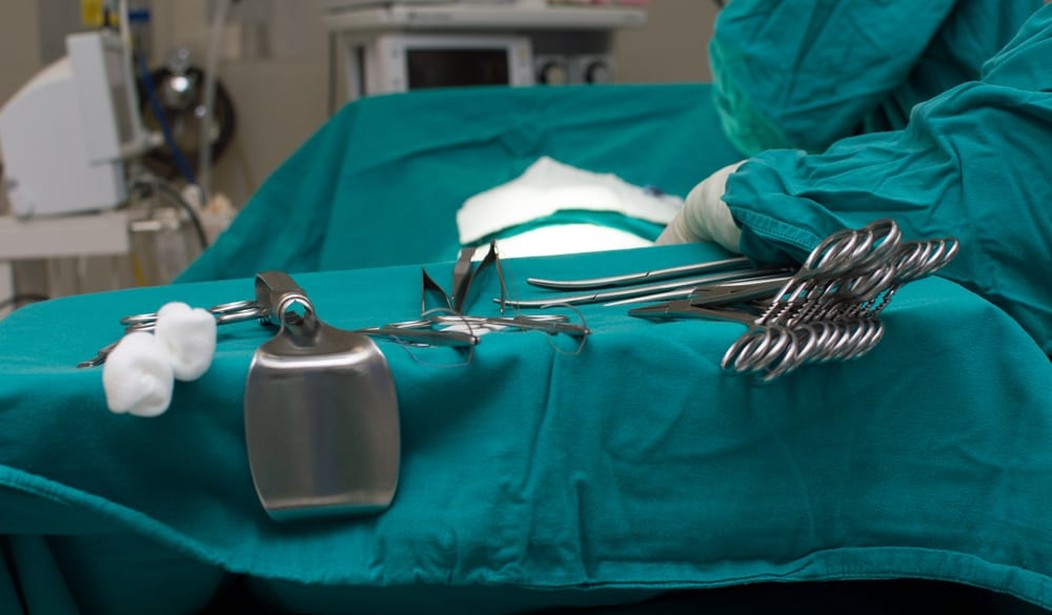Pregnant women are obsessed with C-section rates at hospitals, or so we’re led to believe by the number of studies released annually on the dreaded “section” as OB/Gyn’s call them. Yelp is so convinced women need a hospital’s C-section rates that now they’re including them on their profile page. The fact that you’re reviewing the place where you plan to give birth to your child on Yelp is a whole other topic of horror altogether, but I digress. The reality is that if you are a pregnant woman concerned about having a C-section, a hospital’s C-section rate should be relatively low on your list of questions to get answered. You’re better off understanding why C-sections happen if you want to attempt to avoid one.
Begin by asking the C-section rate of your doctor and your OB/GYN practice. Since these are the professionals who will be handling your labor and delivery, they will ultimately be the ones making the call for you to be “sectioned.” In fact, your doctor’s attitude toward birth will most likely be the determining factor in how your labor and delivery progress. Most doctors will opt for a C-section at the 24-hour mark (if not sooner) in labor even if the baby is not under duress simply because it doesn’t financially benefit them to allow a woman to labor naturally for an extended period of time. Statistically, most C-sections are performed during the work day by doctor preference. As a low-risk candidate myself, I was advised by the midwives in my practice that I would be allowed to labor for as long as necessary as long as my baby and I were not under duress. However, the doctors in my practice advised that if I hadn’t delivered within a day I’d be facing a C-section, warranted or not.
It’s also important to understand which complications in pregnancy and labor lead to C-sections. Diabetes, birth defects, and preeclampsia are only a few of the conditions listed by the American Pregnancy Association as reasons a C-section may occur. While some reports indicate that doctors abuse advanced maternal age as a method to push women into C-sections, it is also statistically accurate that women over 35 are more prone to the risk factors that lead to C-section deliveries.
When looking at the C-section rate of any hospital or practice, it’s important to remember that some women choose to have C-sections. Elective C-sections are not broken out of the statistics given in most research. For instance, Consumer Reports recently rated Hialeah Hospital in Florida as having the highest C-section rate in the nation at 68 percent. A more detailed analysis in the Miami Herald notes:
Dr. Rafael Perez, an obstetrician for Baptist Health South Florida, said that Miami area physicians perform a lot of C-sections on first-time mothers with low-risk pregnancies because their patients demand it — and he said those patients tend to come from Latin American countries such as Argentina, Brazil and Chile.
“In those countries,” Perez said, “the C-section rate is very high, and the patients are used to delivering by C-section. There’s some cultural thought that if I deliver vaginally, my sexual function might not be the same as before.”
The percentage of elective C-sections taking place at Hialeah or the other Florida hospitals listed were not included in the Consumer Reports breakdown. Yet, the trend towards elective C-section, while on the downward slide, still has a major impact on these published statistics.
A holistic understanding of why a C-section takes place, including risk factors encountered during pregnancy and labor, is more valuable than simplistic statistics. If anything, women should be more concerned with their doctor’s view on what justifies a C-section, especially in an otherwise low-risk scenario.








Join the conversation as a VIP Member